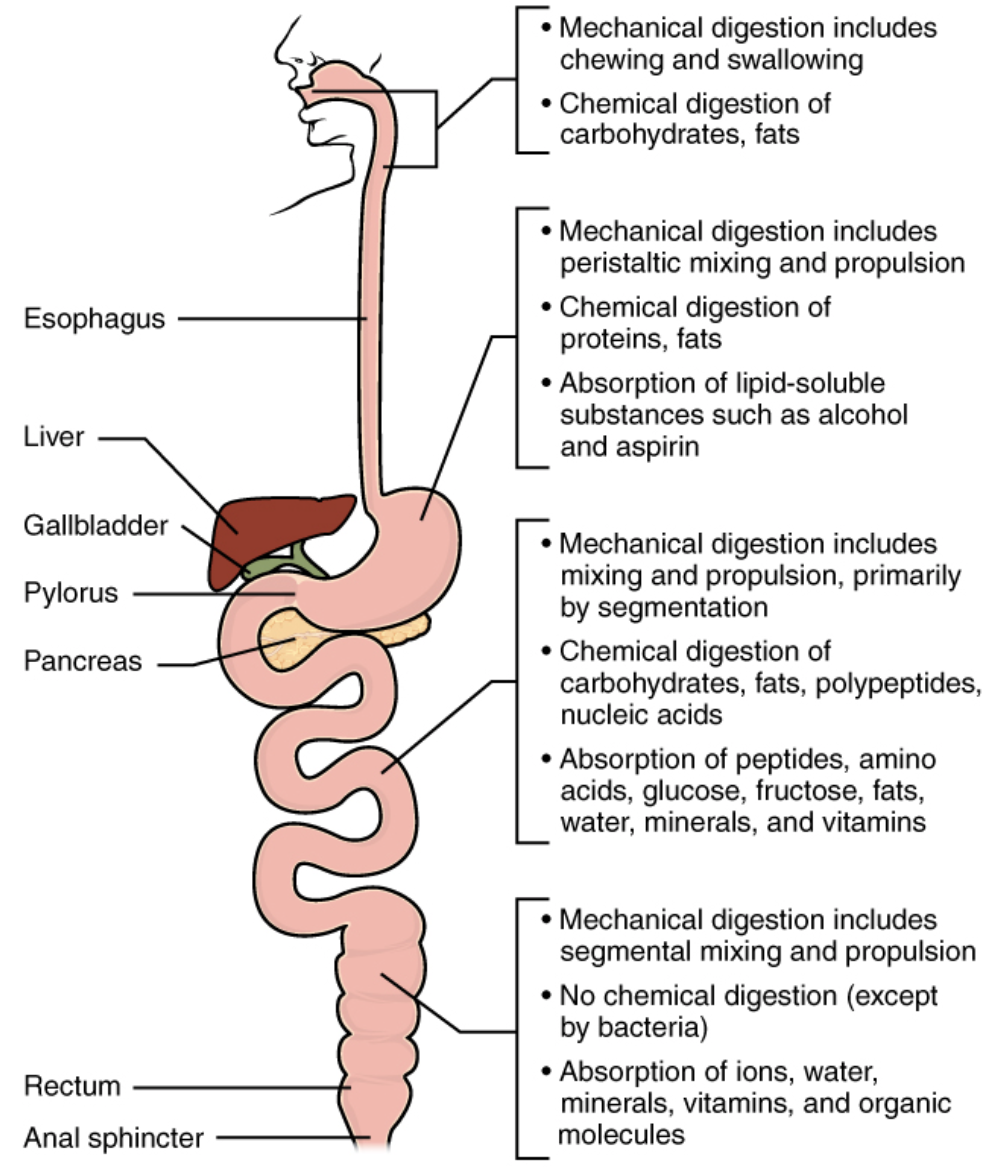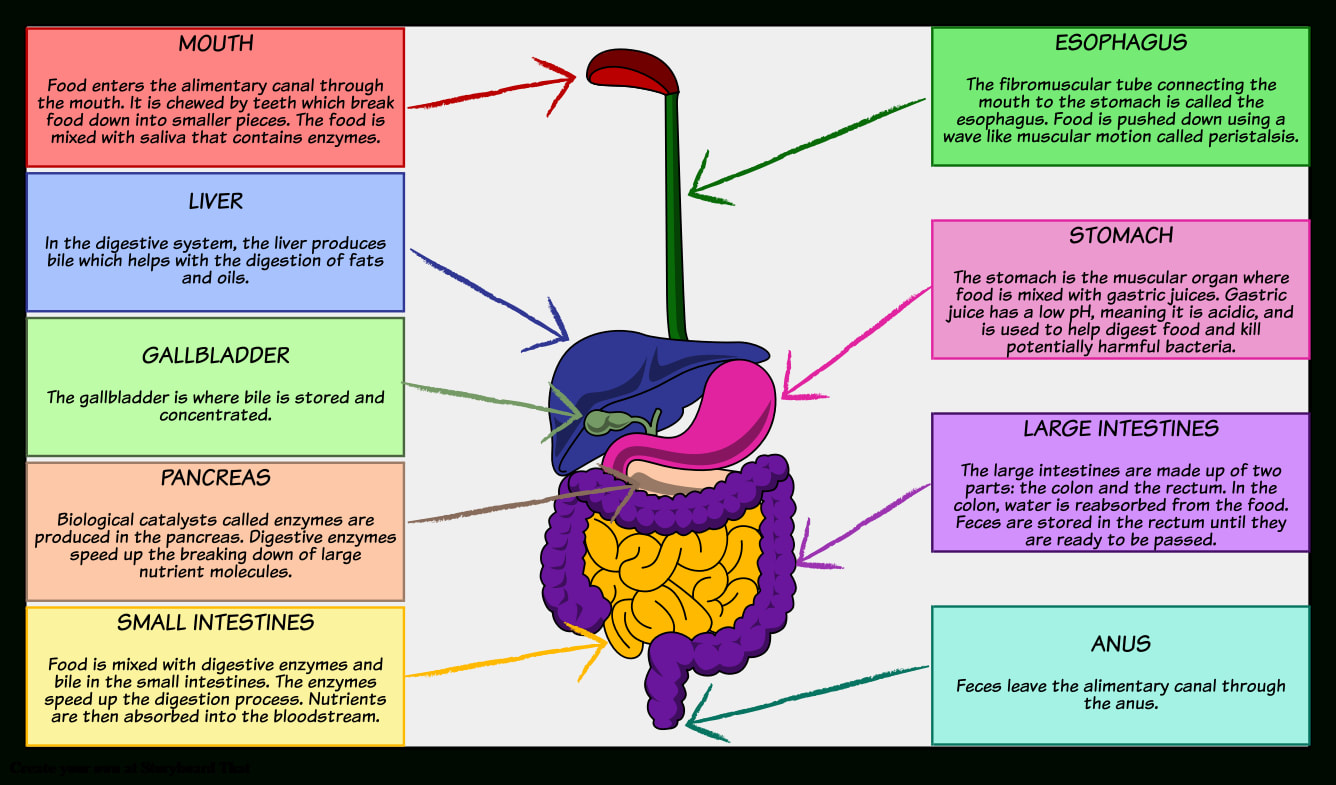Secrete ensymes for digestion of carbs fat and protein secrete cofactors to aid in enzymatic digestion secrete hco3 to neutralize h in proximal si when intraluminal ph is close to 7 it then.
Pancreas secretions contain digestive enzymes and quizlet.
Digestive enzymes are segregated from the acinar cell cytoplasm into membrane bound organelles or zymogen granules.
Inactivates pepsin prevents acid pepsin damage to duodenal mucosa provides fxnal ph for pancreatic and brush border enzymes increases solubility of bile acids and fatty acids.
We can divide the pancreas into an exocrine gland containing the acinar and duct tissue and the endocrine gland containing the islets of langerhans.
The pancreas secretes bicarbonate to neutralize gastric acid and digestive enzymes into the small intestine.
The exocrine function of the pancreas is involved in digestion and these associated structures are known as the pancreatic acini.
When we consider the functions of the pancreas it is simpler to view it as a mix of two glands.
The microvilli covered surface of the intestinal mucosa which has digestive enzymes bound to the apical plasma membrane.
They do this by splitting the large complex molecules that make up proteins carbohydrates and fats macronutrients into smaller ones allowing the nutrients from these foods to be.
It excretes unabsorbed substances into the feces.
It allows for the elimination of metabolic wastes.
The majority of the pancreas is made up of the exocrine portion 85 by mass and secretes digestive enzymes.
The major source of amylase in all species is pancreatic secretions although amylase is also present in saliva of some animals including humans.
The pancreatic acini are clusters of cells that produce digestive enzymes and secretions and make up the bulk of the pancreas.
The gallbladder stores and concentrates bile formed in the liver.
Digestive enzymes are substances secreted by the salivary glands and cells lining the stomach pancreas and small intestine to aid in the digestion of food.
Protein digesting enzymes carboxypeptidase.
Digestive enzymes are a group of enzymes that break down polymeric macromolecules into their smaller building blocks in order to facilitate their absorption by the body.
Digestive enzymes are found in the digestive tracts of animals including humans and in the tracts of carnivorous plants where they aid in the digestion of food as well as inside cells especially in their lysosomes where.
The oligosaccharide digesting enzyme includes sucrase which breaks down sucrose into glucose and fructose maltase which breaks down maltose into glucose and lactase which breaks down lactose into glucose and galactose.
It sends nerve signals to help control the passage of food through the digestive tract.
Amylase from the pancreas digests carbohydrate trypsin and chymotrypsin break down protein and lipases aid in fat digestion.
The pancreas serves two functions endocrine and exocrine.
In addition to the proteases lipase and amylase the pancreas produces a host of other digestive enzymes including ribonuclease deoxyribonuclease gelatinase and elastase.




























